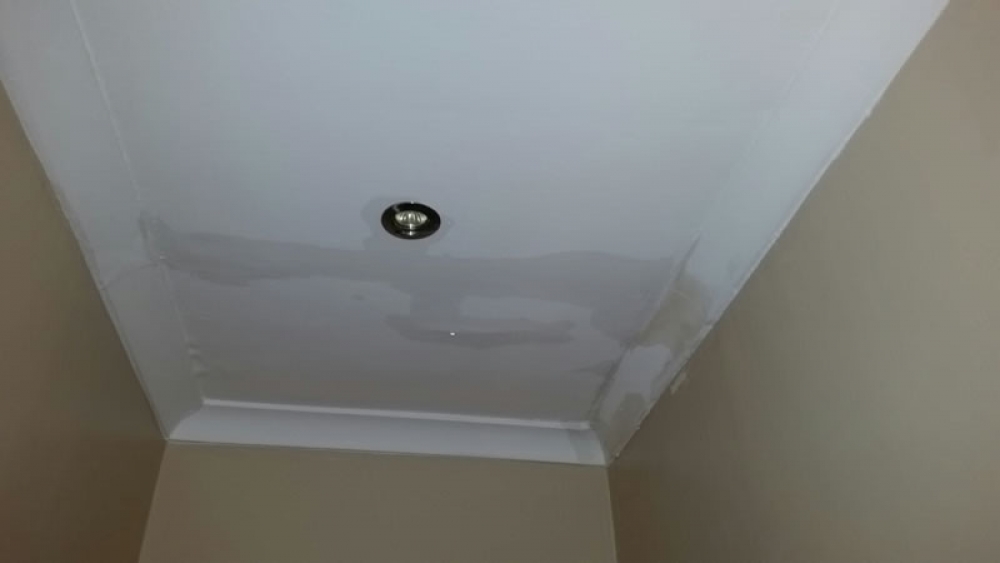As the law of Murphy would have it, most people get to experience the inconvenience of a burst geyser or water pipe in the early hours of the morning, on a public holiday or over a long weekend, and usually when the temperature has taken a sub-zero plummet.
“Winter – affectionately known as ‘geyser season’ in the plumbing trade – is about to get into full swing as temperatures take a serious drop in July and August. It’s also when you’re most likely to find out just how adequate your insurance coverage is in sorting out the problem and resultant damage, quickly and without hassle,” explains Mandy Barrett of insurance brokerage Aon South Africa.
“Insurance policies really do vary quite substantially – some may only provide cover for resultant damage and do not cover the replacement of the actual geyser and pipes, the replacement cost of which can run into thousands of Rands. Some insurers also stipulate an excess per item claimed for, rather than one excess on the total claim. This can have significant financial implications for you, which you may not be aware of upfront. A professional broker is best positioned to advise you on the pros and cons of different insurance policies and what would be appropriate for your needs.
Also remember that your buildings insurance policy covers you for replacing the bricks and mortar and fixtures in your home – in this instance your geyser, pipes, ceilings and so on. Household contents cover is separate to buildings cover and insures the contents of your home. Damage to any household items such as furniture or appliances as a result of your burst geyser would be covered under your household contents policy. Should you claim under both buildings and contents policies, you may have to pay two excesses as these would be lodged as two separate claims.

Photography by Jeremy Glyn
For AON in May 2017
Another important aspect to consider when faced with having to replace a geyser is an upgrade to a green, energy-saving solar solution. “Many insurers allow you the option to pay in the difference between the claim settlement and the cost of solar geyser. With electricity prices going up heftily again on 1 July, it’s a savvy move to go solar for your water heating needs. A solar geyser can save up to 40% saving on your electricity costs and it’s a great step towards greener living. Once installed, remember to add your solar or heat pump asset to your building insurance cover,” explains Mandy.
What to do if your geyser bursts:
• You don’t want to be bumbling around in the dark trying to find the water mains and stop cock for your geyser when there’s water gushing through your ceiling and your electricity mains have tripped – find out where these are beforehand.
• Also as part of your pre-emptive measures, check that a drip tray is installed under the geyser and that it is level – this will catch any leaking water and channel it outside the roof and away from the ceilings via an outlet pipe.
• If your geyser has burst, turn off the geyser electrical isolator switch on the main distribution board – it should be marked with a ‘geyser’ label.
• Turn off the water mains and the stopcock fitted to the inlet pipe of the geyser.
• Open all the hot water taps in your house to relieve the pressure inside the geyser – this will lessen the amount of water pouring out the burst geyser.
• Move as much of your furniture and other valuables away from the water and try and limit the damage before it spreads further.
• Contact your broker and make arrangements for an accredited plumber to assist you. Aon offers a 24-hour incident line so you can call for immediate assistance, 24/7/365.
Also view:
Water Damage and Claims from Home and Household Insurance


























